
'Fused' technologies give 3D view of prostate during biopsy
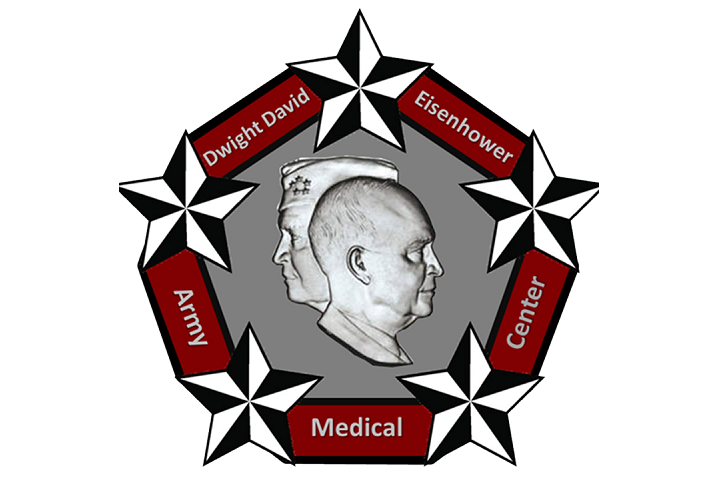
Eisenhower Army Medical Center graphic
FORT GORDON, Ga. — A high-tech procedure that makes prostate biopsy more accurate and thorough is being rolled out at Eisenhower Army Medical Center.
The procedure merges ultrasound with MRI images to give urologists a real-time, three-dimensional view of the prostate. Because the MRI images are analyzed by a radiologist prior to the biopsy, the urologist has a targeted approach to collecting tissue samples.
"Eisenhower is one of a few hospitals doing this procedure in the state of Georgia," said Army Lt. Col. (Dr.) Jennifer Pugliese, chief of Urology at Eisenhower Army Medical Center.
Other than skin cancer, prostate cancer is the most common cancer in American men, according to the American Cancer Society. For 2018, the Society estimates "about 164,690 new cases of prostate cancer will be diagnosed and there will be about 29,430 deaths from prostate cancer."
"About 1 man in 9 will be diagnosed with prostate cancer during his lifetime," according to ACS statistics. "Prostate cancer develops mainly in older men and in African-American men. About 6 cases in 10 are diagnosed in men aged 65 or older, and it is rare before age 40. The average age at the time of diagnosis is about 66."
The standard screening for prostate cancer, according to Pugliese, is a blood test that specifically measures PSA, or prostate serum antigen, and a digital rectal examination. Abnormal PSA levels may indicate the need for a prostate biopsy where, using ultrasound alone for guidance, tissue samples are taken with a biopsy needle that is passed through the ultrasound probe and rectal wall into the prostate.
"Using a standard grid pattern, I'll take at least 12 samples," she said. This method returns a false negative result of 20 to 30 percent.
"The difference with the ultrasound/MRI fusion," Pugliese said, "is that I can better 'visualize' which areas of the prostate need to be sampled. This is a multidisciplinary approach with an experienced radiologist" who identifies and digitally marks the suspect tissue on the MRI before the actual biopsy.
The urologist moves the ultrasound probe around the prostate while the fusion software shifts the overlaid MRI image, already marked by the radiologist, giving the medical team a real-time, 3-D ultrasound/MRI view. They use the fused image to guide the biopsy needles precisely to the tissue indicated as suspicious, rather than poking around a pre-determined grid, hoping they find something.
"This is an exciting new approach that yields a lower false negative rate than standard template biopsy and has a higher likelihood of identifying clinically significant prostate cancer," Pugliese said. "It is simply a more accurate prostate biopsy."
According to the ACS, "prostate cancer is the second leading cause of cancer death in American men, behind lung cancer. About 1 man in 41 will die of prostate cancer.
"Prostate cancer can be a serious disease, but most men diagnosed with prostate cancer do not die from it. In fact, more than 2.9 million men in the United States who have been diagnosed with prostate cancer at some point are still alive today."
The earlier prostate cancer is diagnosed, the better the long-term prognosis is for the patient and the more likely a curative treatment will be successful. Curative treatments can include radiation and surgery. Hormone therapy, immunotherapy and chemotherapy are typically reserved for advanced or metastatic prostate cancer. Active surveillance can even be offered to patients with low risk or very low risk disease, avoiding active treatment all together.
Early and reliable diagnosis is key to sorting out the appropriate treatment and, thanks to the ultrasound/MRI fusion procedure, it's easier to get an accurate diagnosis sooner.
Disclaimer: Re-published content may have been edited for length and clarity. Read original post.
CJTH continues to provide superior care for U.S., coalition forces
Article
1/7/2019
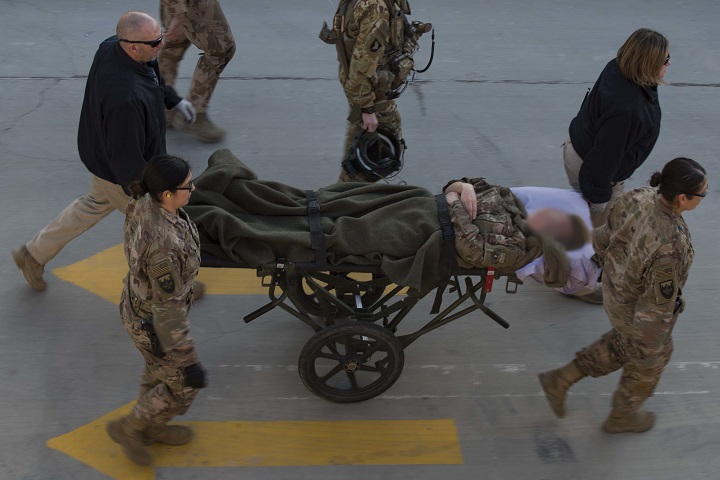
With a 99.3-percent survival rate, the hospital staff have reason to be proud
Langley surgical team goes 'purple'
Article
1/3/2019
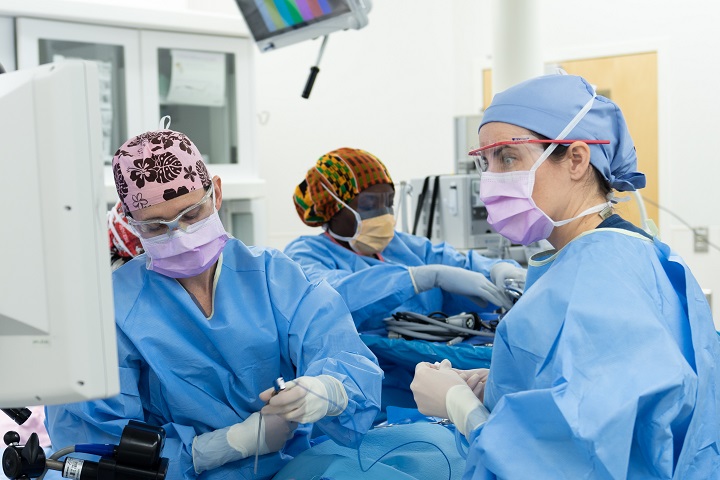
A joint surgical team was organized to perform a functional endoscopic sinus surgery
Army hospital earns reputation as a top teaching institution
Article
1/2/2019
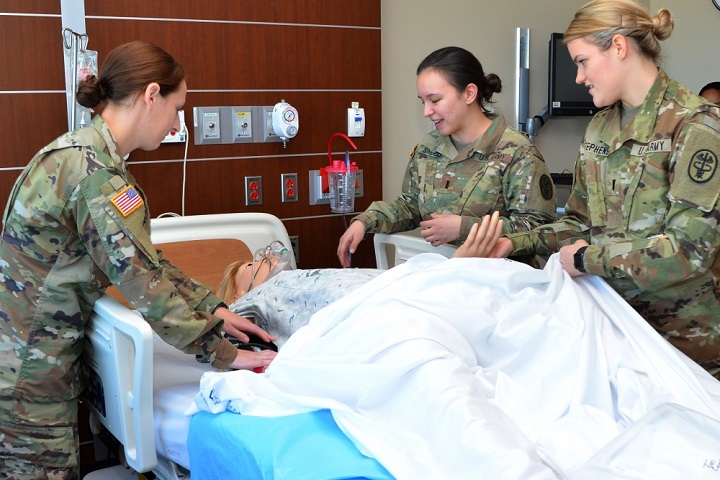
CRDAMC has been recognized by healthcare associations and educational institutions for exceptional achievements
Navy corpsman: Carrying the legacy
Article
12/27/2018
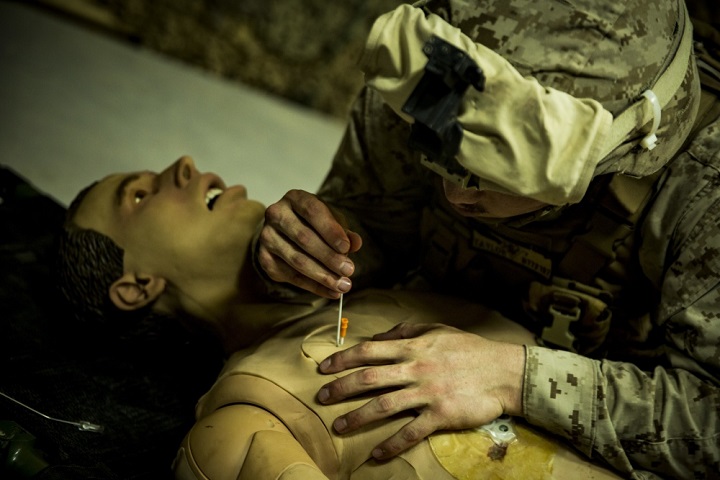
Navy hospital corpsmen attend 14-week “A” school at the Medical Education and Training Campus in Joint Base San Antonio — Fort Sam Houston, Texas
Oak Harbor achieves first with crucial new information technology milestone
Article
12/21/2018
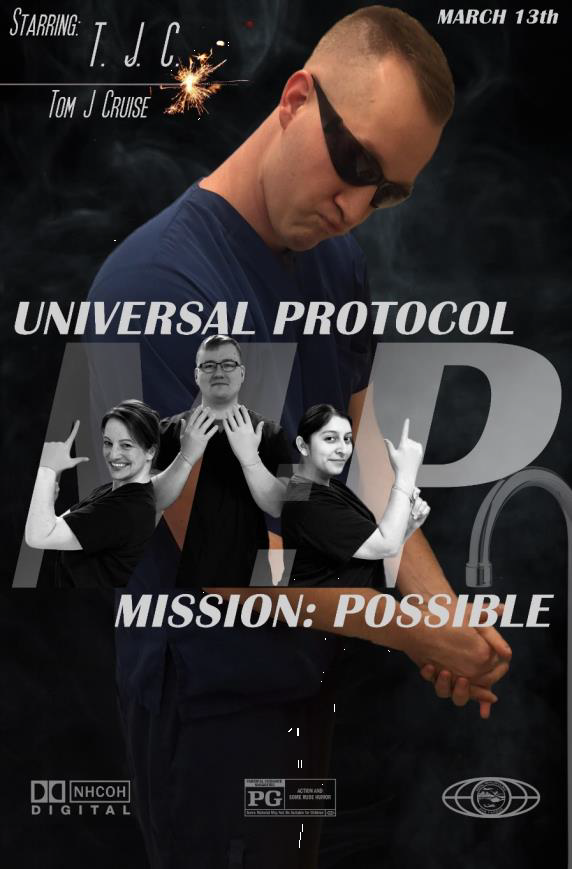
Reducing risks to patients’ information is a top priority for the DoD
Hospital ship USNS Comfort returns home after completing mission
Article
12/20/2018
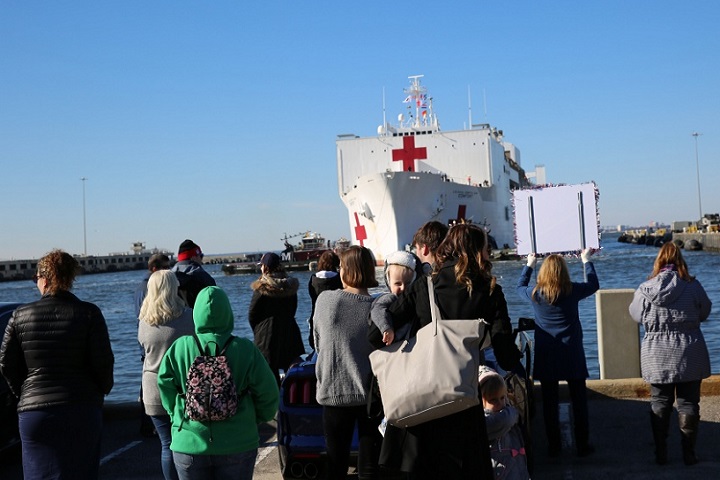
This mission marked the sixth time the hospital ship has provided medical assistance in the region
Surgeons share secrets of residency success
Article
12/11/2018
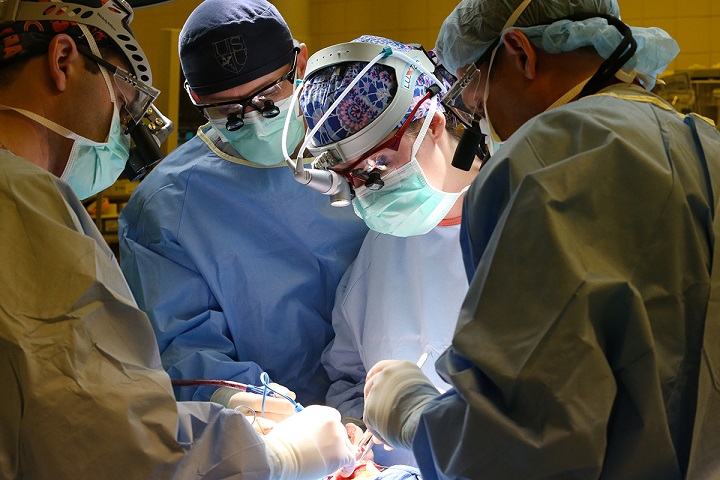
Madigan's general surgery residents have passed the exam for board certification on their first attempt at a nation-topping rate of 97.6 percent
Fleet surgical team saves life aboard USS Somerset
Article
12/6/2018
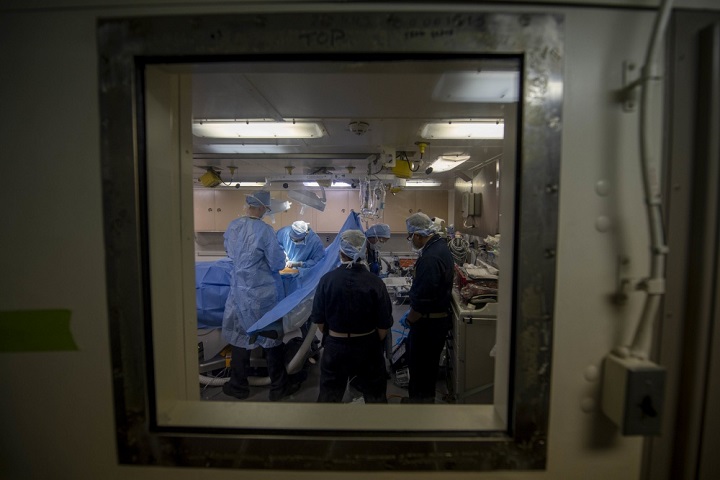
We were able to determine he had acute appendicitis
USNS Comfort conducts mass casualty training exercise
Article
10/15/2018
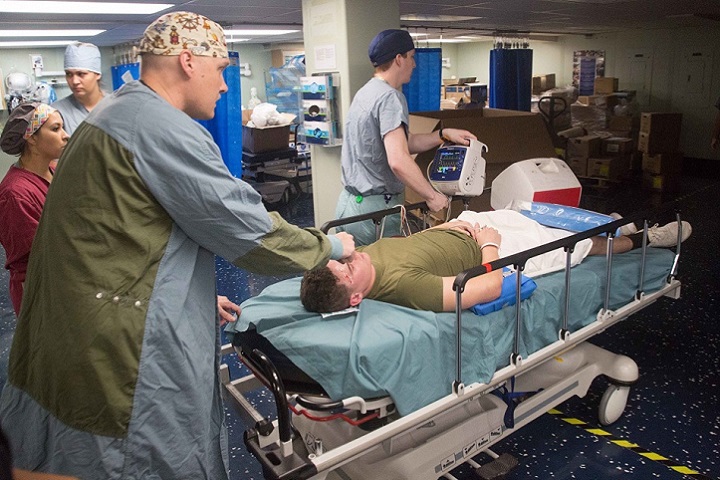
A mass casualty event, by nature, is chaotic
A 'Pharmacy Phamily' team effort recognized at Naval Hospital Bremerton
Article
10/3/2018
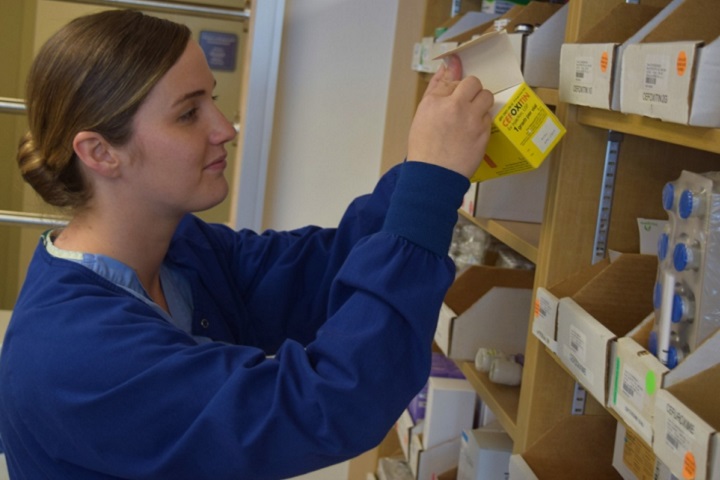
Naval Hospital Bremerton’s pharmacy selected for the 2018 Navy Pharmacy Team Award
Robotics key to medical Airmen recruitment, retention, readiness
Article
10/2/2018
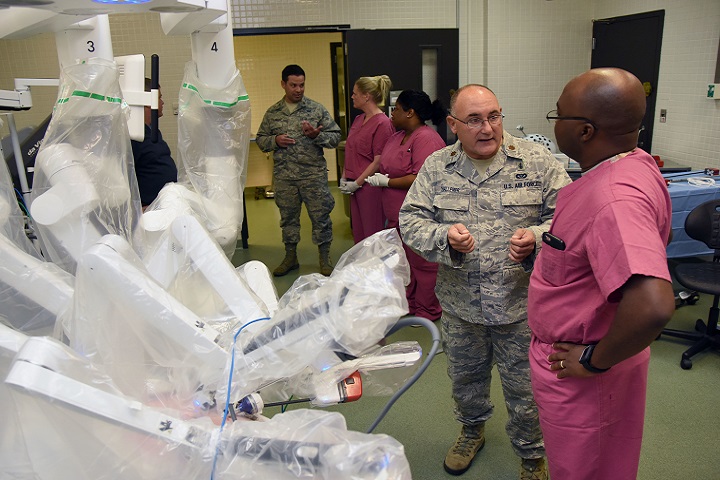
Robotics has been the standard for years in the private sector
DHA assumes management, administration of KMC
Article
10/2/2018
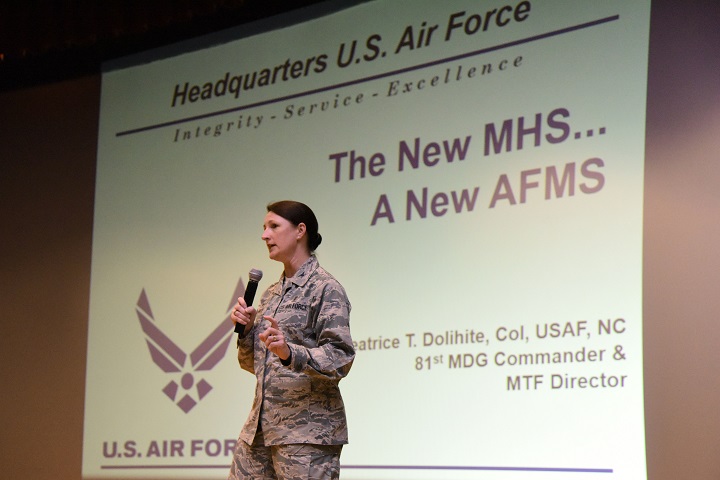
The Keesler Medical Center is the first hospital in the Air Force to transition
Air Force begins transition of hospitals, clinics to the Defense Health Agency
Article
10/2/2018
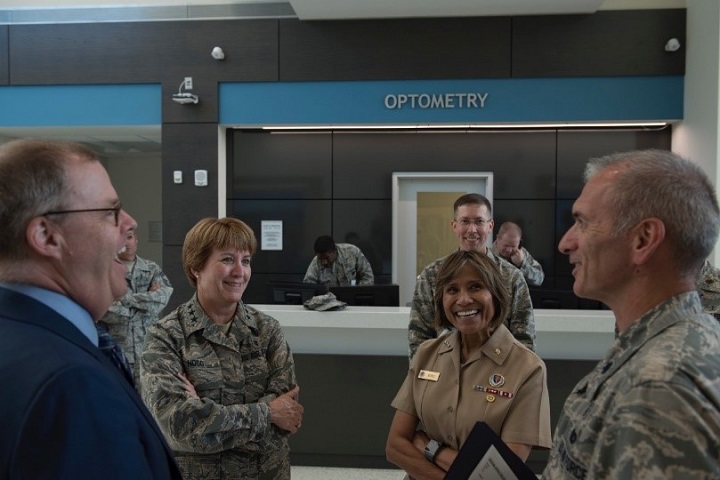
From a patient perspective, most of these changes should go unnoticed
Prostate Cancer Awareness Month: Empowering patients
Article
9/28/2018

For September’s Prostate Cancer Awareness Month, the Military Health System is encouraging men to learn more about the disease
Implementing Congressional Direction for Reform of the Military Health System
Policy
Policy Memorandum, signed by Deputy Secretary of Defense Patrick M. Shanahan, to direct implementation of the Military Health System (MHS) organizational reform required by the National Defense Authorization Act.





















.png)









No hay comentarios:
Publicar un comentario